I still remember the first time a puffin skimmed past my kayak, orange feet flashing like traffic cones in a storm. Not long ago, these birds felt like a memory in parts of Maine, their burrows quiet and their food uncertain. Now, signs of a come ripple across the Gulf of Maine, cautious but unmistakable. The story behind that rebound isn’t luck – it’s science, grit, and a stubborn belief that the right protections can tip the balance. And yes, the stakes stretch beyond a single bird with a clownish beak; they touch an entire ocean in flux.
The Hidden Clues

Recovery shows up first in little details: a puffin carrying a bill bristling with silver fish, the muffled rasp of a chick below a mossy rock, the steady shuttle of adults between sea and shore. Biologists keep score in field notebooks and on memory cards, counting burrows, timing feedings, and noting what species arrive in those beaks. When more trips deliver energy‑rich fish, chicks grow faster and survive the lean spells between meals. I’ve watched that rhythm from wave level, and the tempo feels different when the pantry is stocked.
Another clue hides in the dawn chorus – or the lack of it. A bustling colony hums with wingbeats and gruff calls as birds swap brooding duty, suggesting a healthy roster of pairs. On strong seasons, digging at burrow entrances looks fresh and frequent, and guano paints the lookout rocks white like tide lines on granite. These are small, local signals, but together they hint that the broader story is bending toward recovery.
From Ancient Tools to Modern Science
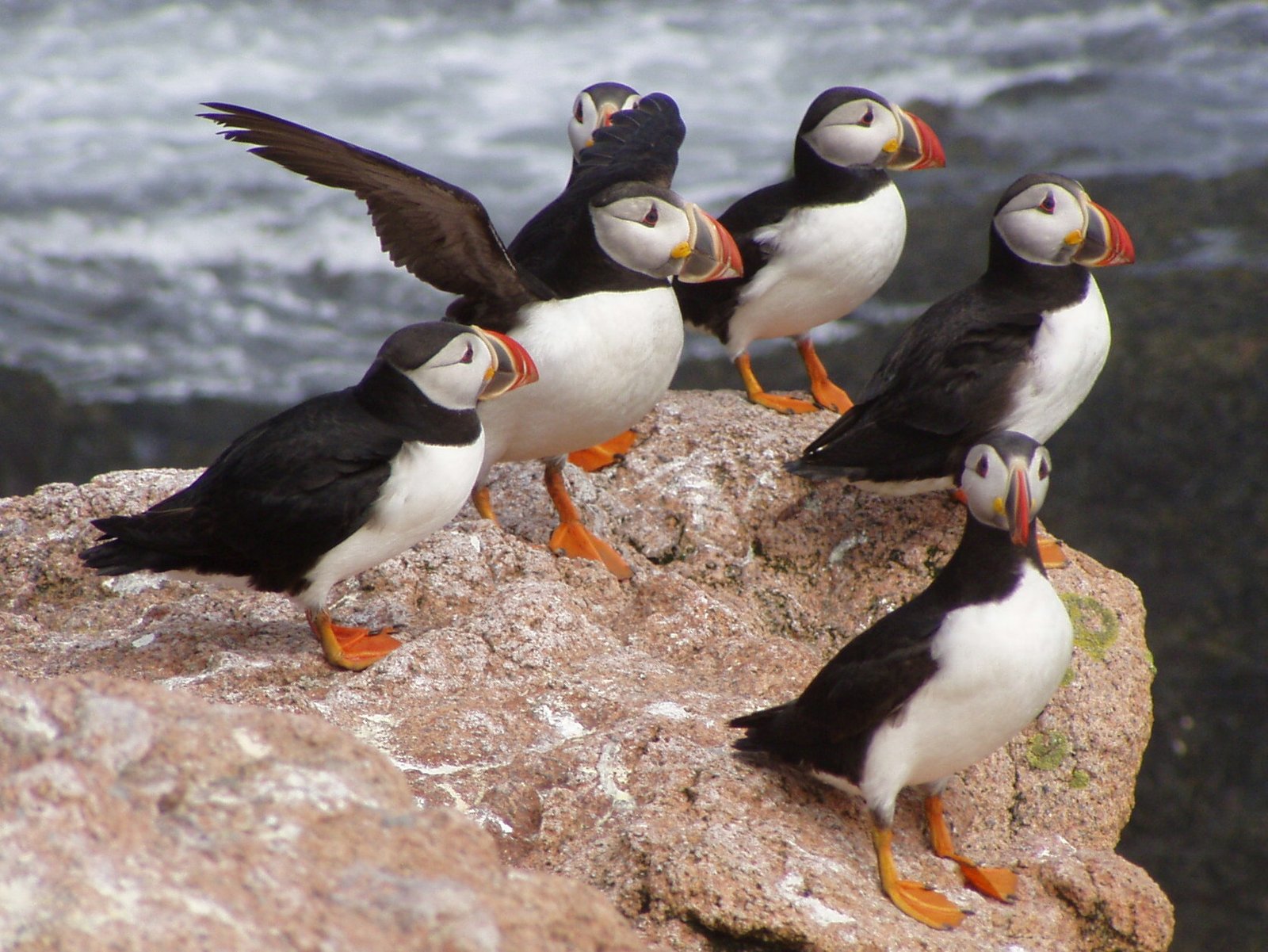
Maine’s puffin revival began with an old idea made new: social attraction. Wooden decoys and recorded colony sounds were set on empty islands to persuade young birds to settle, a trick borrowed from traditional seabird lore and turned into a methodical, long‑term experiment. Hand‑reared chicks were moved to restored sites and fed until they fledged, with the hope they’d return to breed as adults. It felt audacious at the time; today, those once‑quiet rocks echo again in summer.
Modern tools now sharpen the picture. Researchers use remote cameras, lightweight tags, and discreet burrow scopes to track survival and timing without constant disturbance. Diet snapshots come from careful photos of bill‑loads and quick, standardized observations at the colony edge. Layer those data with sea‑surface temperatures and plankton surveys, and the pattern of good and bad seasons becomes clearer – and more predictable – than it used to be.
Guarding the Islands
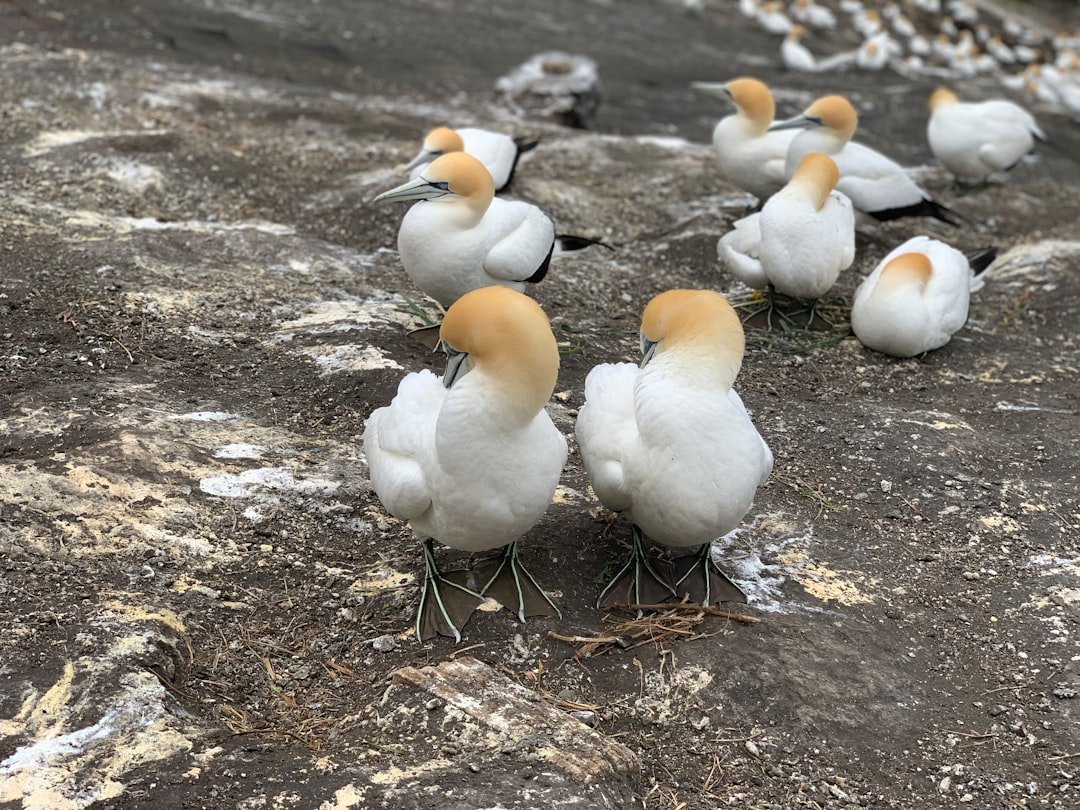
Breeding‑site protection is the spine of the story. In practice, that means seasonal closures, posted buffers for boats, and wardens who spend long weeks sleeping under fog and stars to keep curious visitors and opportunistic predators at bay. Gulls, which thrive around human food, can overwhelm a small puffin colony, so managers use targeted hazing and careful cleanup to keep pressure down. On some islands, terns – feisty neighbors – help by deterring larger birds that might raid puffin burrows.
Inside the colony, the fixes are humble and practical. People step only on marked paths to spare fragile burrows from collapsing underfoot. Vegetation is managed so chicks don’t overheat or face burrow flooding after heavy rain. Even small features like nesting shelters or rock placement can make the difference between a washed‑out burrow and a dry one. Protection, in other words, is a thousand tiny choices repeated every day of the season.
Reading the Population Curve
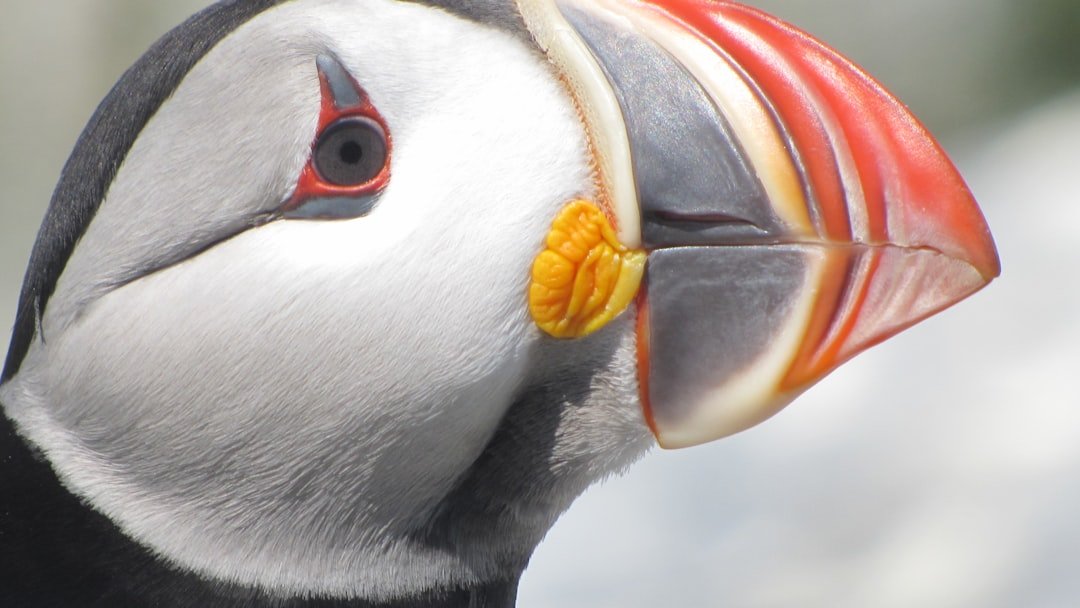
Population trends don’t move in straight lines; they zag with the climate, the forage fish, and the weather that rolls in off the Atlantic. Maine’s colonies have grown from near silence decades ago to stable communities with over 3,000 breeding pairs on multiple islands, but the path has included dips when marine heatwaves pushed key prey into deeper, warmer, or simply different waters. When adults bring back leaner, low‑calorie fish, chicks lag, and fledging rates fall. Then a cooler midsummer window or a strong year class of herring can tip the scales back toward growth.
Managers track those swings by pairing burrow checks with productivity indices, translating field notes into population curves that stretch across years. The “” shows up as more active burrows, stronger fledging totals, and sustained adult attendance through August. Think of it as a heartbeat monitor for a colony; the amplitude varies, but the rhythm has held. Season by season, the line trends upward when protection and prey align.
Why It Matters
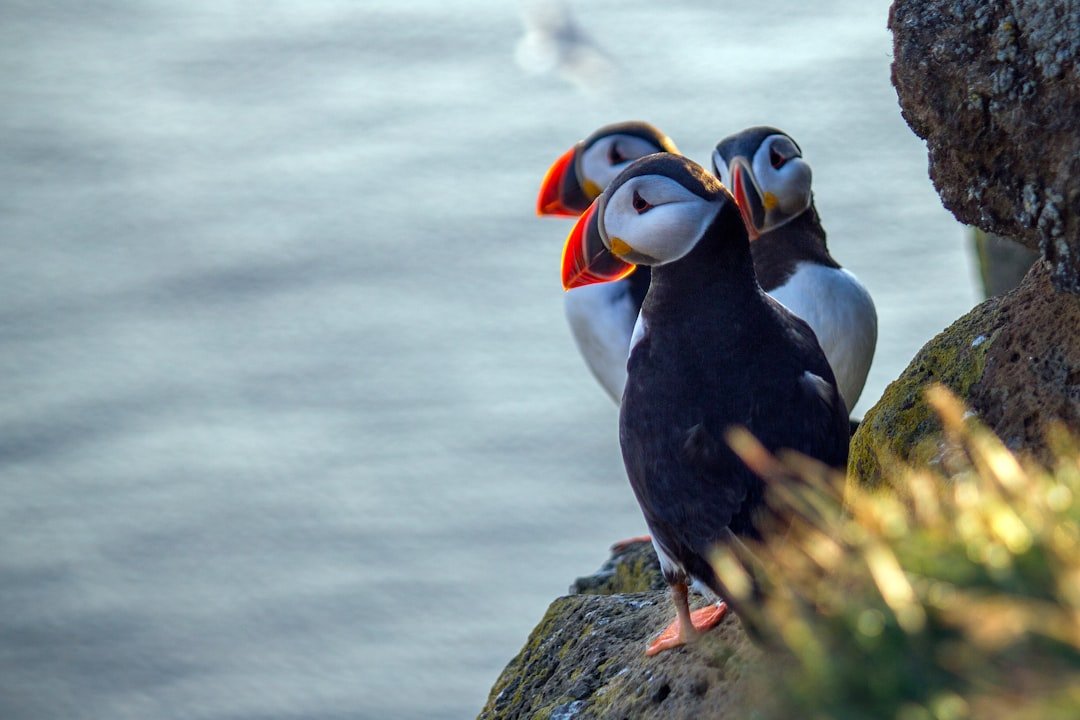
Puffins are not just charming; they are sentinels for a warming ocean. The Gulf of Maine has been warming faster than much of the world’s seas, turning these birds into living indicators of whether small, oily fish are available at the right place and time. Traditional fishery surveys deliver invaluable data, but puffins integrate all the noise – temperature, currents, competition – into a simple outcome: did the chick make it to sea. When fledging improves, it suggests the base of the food web is holding, at least for now.
There’s also a human ledger. Coastal communities build seasonal livelihoods around wildlife tourism, and a thriving colony draws visitors who spend on ferries, guides, and small-town cafés. Education programs turn a day’s boat trip into a crash course on seabird ecology and climate science. In that way, a puffin carrying a mouthful of fish becomes a messenger to people who might never read a fisheries model but care deeply about a healthy coast.
Global Perspectives
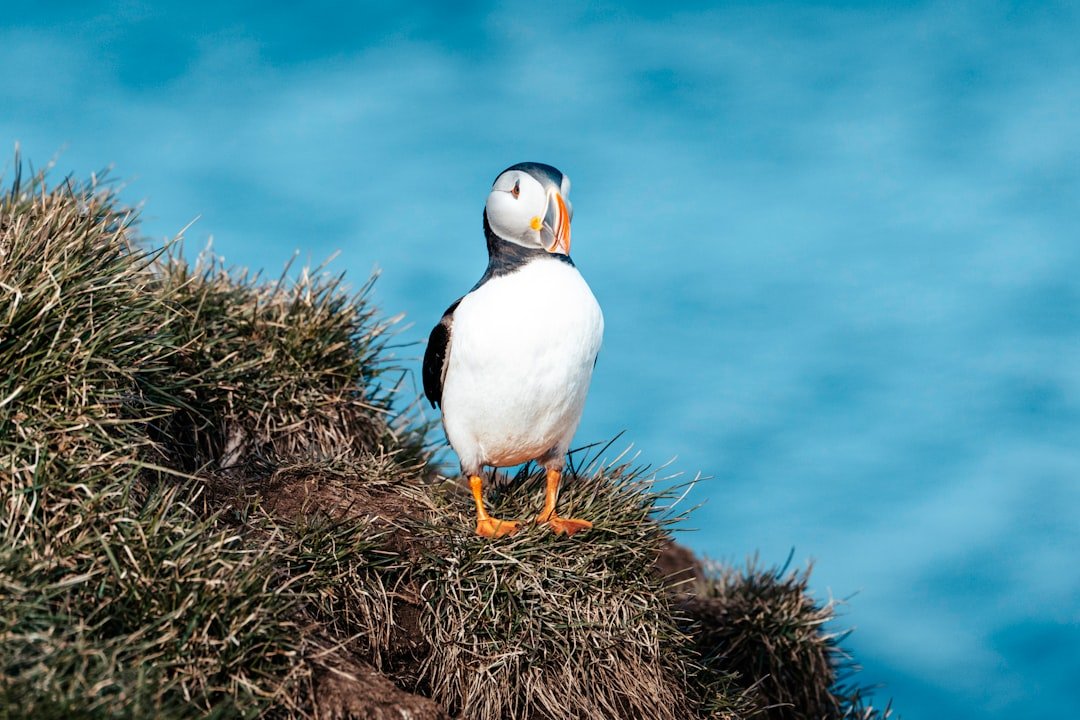
Maine is a southern outpost for Atlantic puffins, and that geography cuts both ways. Farther north, massive colonies in Iceland and the North Atlantic still dwarf Maine’s numbers, yet many of those sites face their own cycles of feast and famine as currents shift and storms intensify. Some European colonies have struggled when traditional prey declined, forcing adults to switch to fish that fill a chick’s belly but not its energy budget. Those lessons echo across the ocean, reminding us that success in one region can be fragile elsewhere.
The recent rebounds in Maine carry extra weight because they show what targeted protection can achieve on the edge of a species’ range. They also underscore how vulnerable that edge can be to heatwaves, extreme rain, and disease outbreaks that ripple through seabird communities. Watching trends across the Atlantic helps managers in Maine anticipate trouble, adapt tactics, and share what works with partners who face similar challenges. Recovery is local work with global homework.
The Hidden Mechanics of Diet
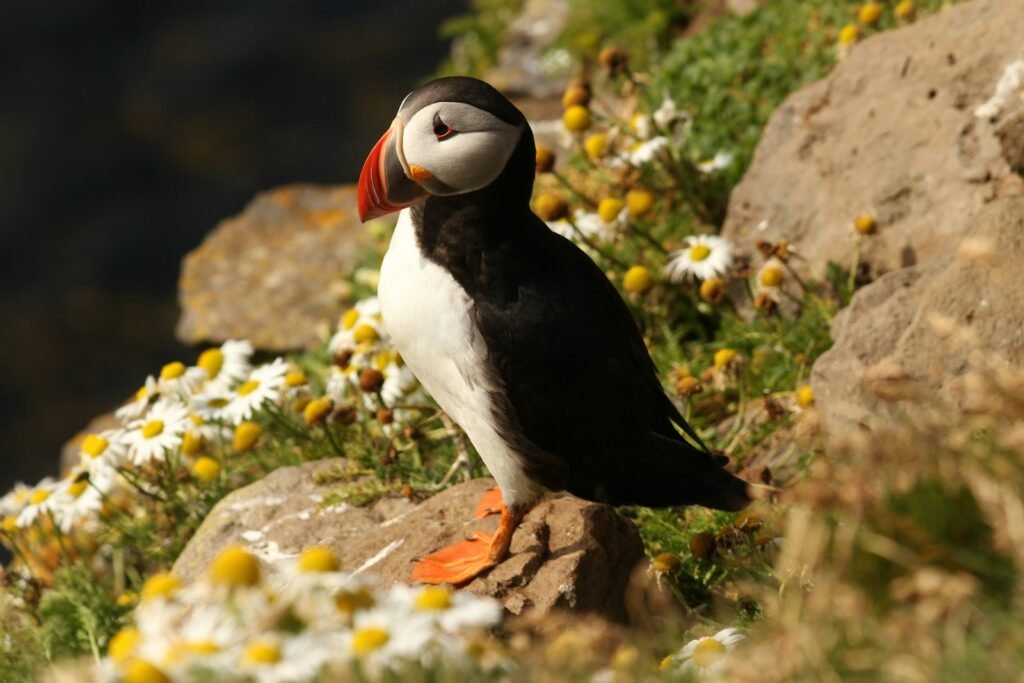
Every bill‑load tells a story about the water beneath the hull. High‑quality prey like juvenile herring and sand lance deliver dense calories in compact packages, letting adults feed more efficiently and chicks grow steadily. Substitutions – thin butterfish or larger, awkward prey – slow the delivery line and can leave chicks undernourished even when the activity looks hectic. Field teams document these shifts meticulously, because diet is the most reliable translator between ocean conditions and chick outcomes.
When protections keep disturbance low, adults forage closer to the colony and waste less energy dodging boats or skirmishing with gulls. That saved energy ends up where it counts: under a blanket of down in a shallow rock burrow. Over a season, small gains compound, and the colony’s balance sheet turns positive. Diet, distance, and disturbance form a triangle; stabilize two points, and the third becomes easier to manage.
The Future Landscape
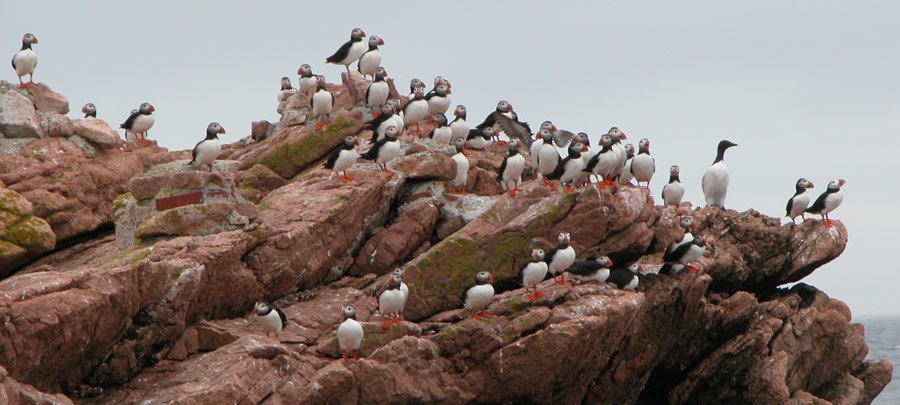
The next decade will test whether today’s rebound can outpace tomorrow’s heat. Marine heatwaves are arriving more often and lasting longer, reshuffling plankton and pushing forage fish into deeper or cooler pockets. Storms that drop inches of rain in a day can flood burrows, while prolonged calm spells may leave surface waters stratified and less productive. To keep pace, managers are experimenting with climate‑ready tactics like enhanced drainage, strategic shade, and flexible staffing timed to peak vulnerability.
Technology will help. Autonomous acoustic recorders can monitor colony traffic through fog, and compact tags can map foraging routes without weighing birds down. Predictive models that blend ocean forecasts with historical productivity may guide when to intensify gull management or adjust visitor rules. None of it replaces vigilance on the rocks, but together these tools can buy the colonies time while the broader climate work grinds forward.
What You Can Do
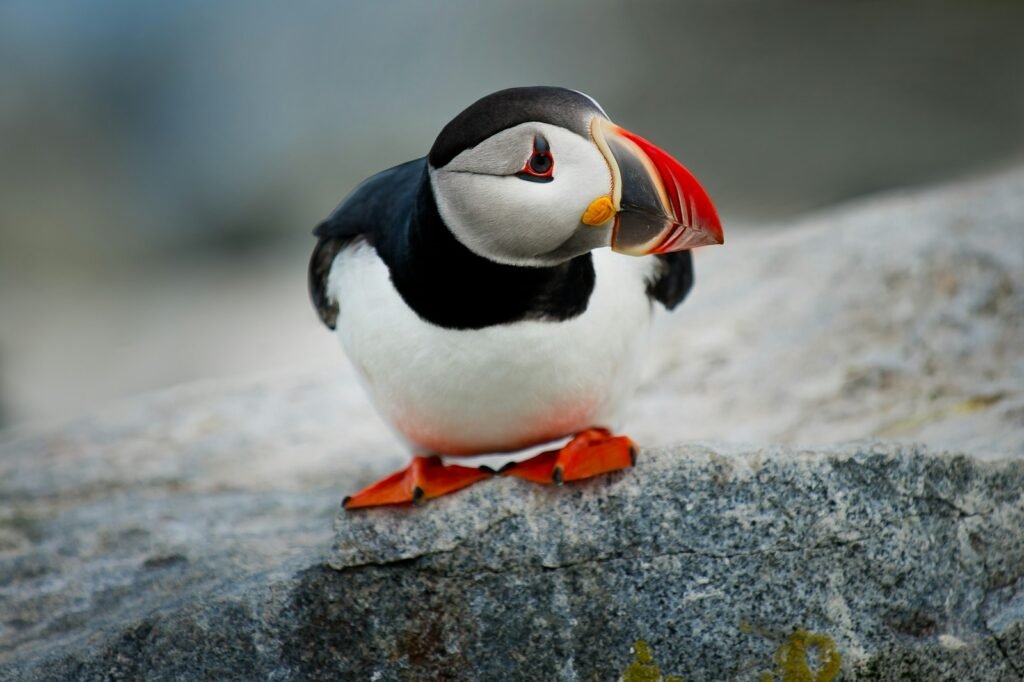
Recovery is never just a field‑crew story; it’s a shoreline‑to‑city effort. If you visit by boat, follow posted buffers and idle past colonies to trim noise and wake. Choose tours that operate with wildlife‑first guidelines, and consider supporting groups that fund wardens, habitat work, and long‑term monitoring. Ask seafood sellers about sourcing that leaves room in the water for forage fish; leaving more small fish in the sea helps both birds and bigger fish.
Closer to home, shrink the plastic you use, because even remote colonies collect our scraps on their tide lines. Back policies that cut carbon pollution and invest in resilient coasts, since the fate of a chick can hinge on a summer heatwave written thousands of miles away. And stay curious – read field updates, share them, and remember that a comeback is a decision renewed every season. Maine’s puffins have shown what’s possible; the rest is up to all of us.

Suhail Ahmed is a passionate digital professional and nature enthusiast with over 8 years of experience in content strategy, SEO, web development, and digital operations. Alongside his freelance journey, Suhail actively contributes to nature and wildlife platforms like Discover Wildlife, where he channels his curiosity for the planet into engaging, educational storytelling.
With a strong background in managing digital ecosystems — from ecommerce stores and WordPress websites to social media and automation — Suhail merges technical precision with creative insight. His content reflects a rare balance: SEO-friendly yet deeply human, data-informed yet emotionally resonant.
Driven by a love for discovery and storytelling, Suhail believes in using digital platforms to amplify causes that matter — especially those protecting Earth’s biodiversity and inspiring sustainable living. Whether he’s managing online projects or crafting wildlife content, his goal remains the same: to inform, inspire, and leave a positive digital footprint.




